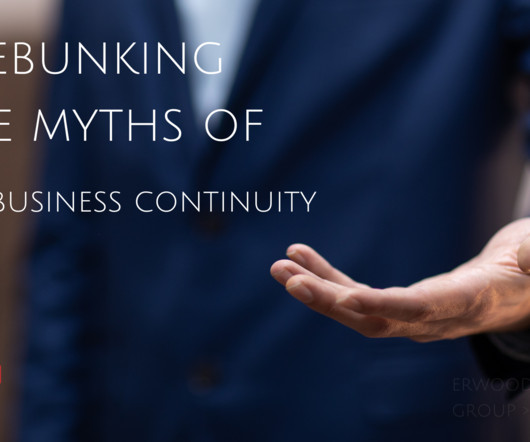5 Steps to Implement Enterprise Risk Management (ERM)
Reciprocity
AUGUST 18, 2022
The result should be better, more strategic decision-making. ERM is the process of methodically identifying and dealing with any potential events that could threaten the achievement of strategic objectives or competitive advantage opportunities. Passing or sharing the risk via insurance, joint venture, or another arrangement.

















Let's personalize your content